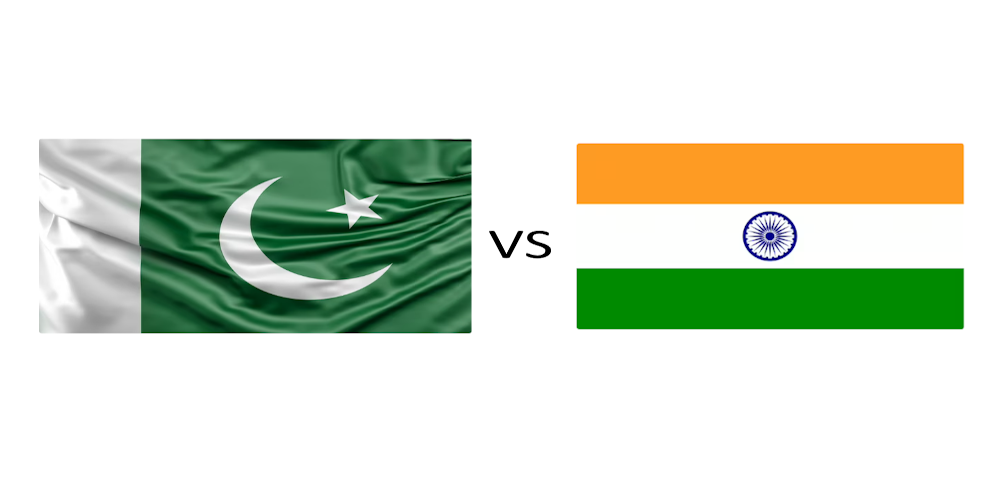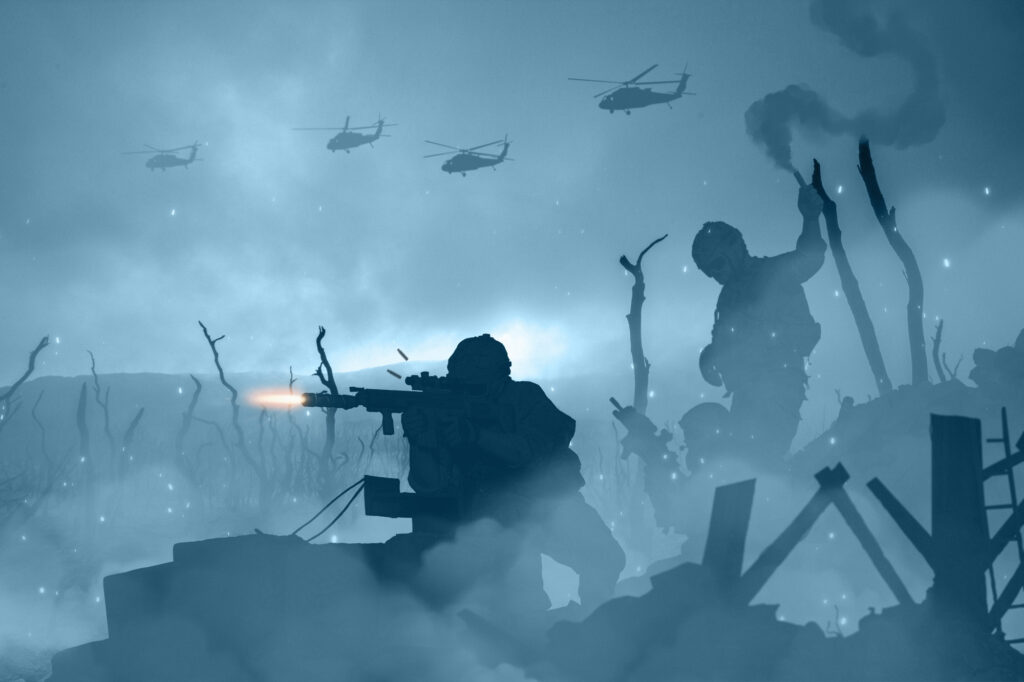Introduction
The nuclear arms race between Pakistan and India has been a topic of intense scrutiny and debate in recent years. Both countries have developed significant nuclear capabilities, and their stockpiles of atomic weapons continue to grow. In this blog post, we will examine the key differences and similarities between Pakistan and India in terms of their atomic weapons programs.
Historical Background
The origins of Pakistan and India’s nuclear programs can be traced back to the 1940s and 1950s. Both countries sought to ensure their security and deter potential aggression from each other. Pakistan’s nuclear weapons program began in the 1970s, while India conducted its first nuclear test in 1974.
Stockpile Size
One of the most significant aspects of a country’s atomic weapons program is the size of its stockpile. As of 2021, it is estimated that India possesses around 150 nuclear warheads, while Pakistan is believed to have approximately 165.
Delivery Systems
In addition to stockpile size, the effectiveness of a country’s atomic weapons program is also determined by its delivery systems. India has developed a range of delivery systems, including ballistic missiles, cruise missiles, and aircraft. Pakistan, on the other hand, has focused primarily on ballistic missiles.
Testing and Development
Both Pakistan and India have conducted a series of nuclear tests to demonstrate their capabilities. India’s most recent test was conducted in 1998, while Pakistan’s last test took place in the same year. Since then, both countries have focused on further developing and refining their atomic weapons.
International Relations
The possession of atomic weapons has had a significant impact on Pakistan and India’s international relations. Both countries have faced international pressure to disarm and join the Treaty on the Non-Proliferation of Nuclear Weapons (NPT). However, neither Pakistan nor India have signed the NPT, citing security concerns and a regional power imbalance.
The Risk of Nuclear Conflict
The presence of atomic weapons in Pakistan and India has raised concerns about the potential for a nuclear conflict. The two countries have engaged in several military conflicts since their independence, and the presence of nuclear weapons adds a new level of complexity to their relationship. The international community has called for restraint and dialogue to prevent the escalation of tensions.
Conclusion
In conclusion, Pakistan and India’s atomic weapons programs have significant differences and similarities. While both countries possess a sizeable stockpile of nuclear warheads, they differ in terms of delivery systems and testing history. The presence of atomic weapons has had far-reaching implications for their international relations and the risk of a nuclear conflict in the region. It is crucial for both countries to engage in dialogue and work towards disarmament to ensure regional stability and global security.



